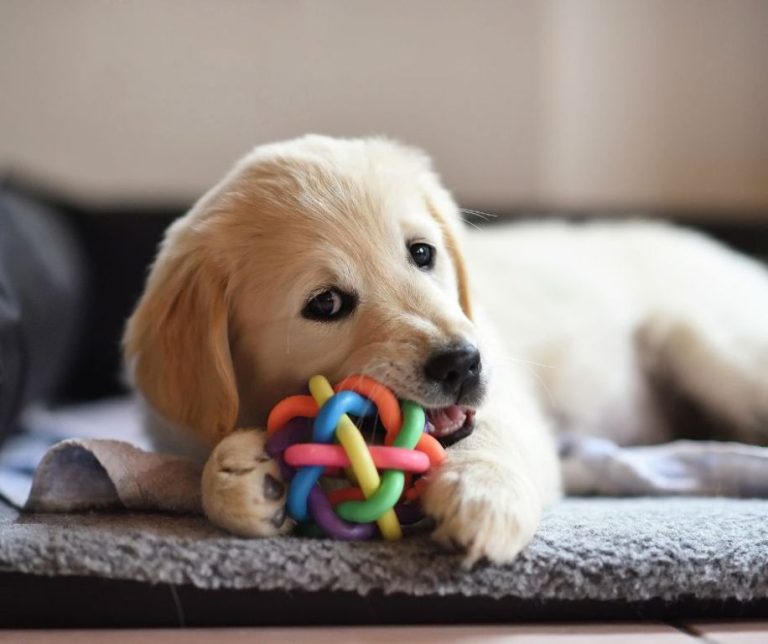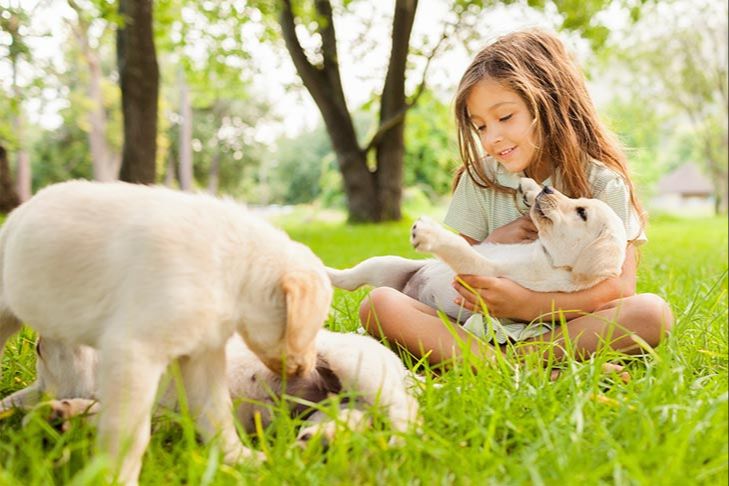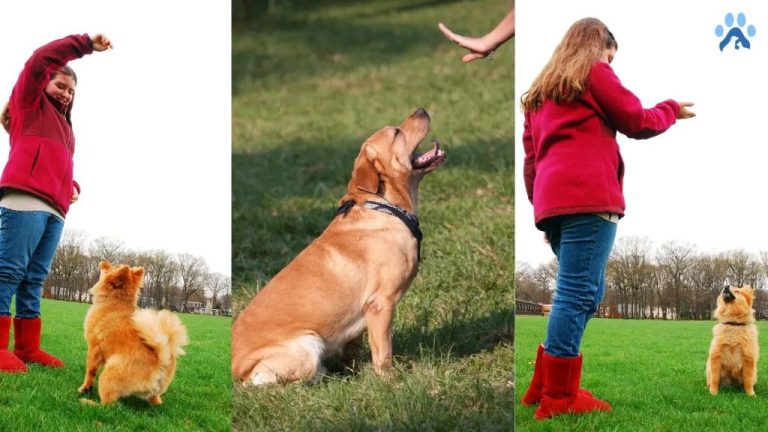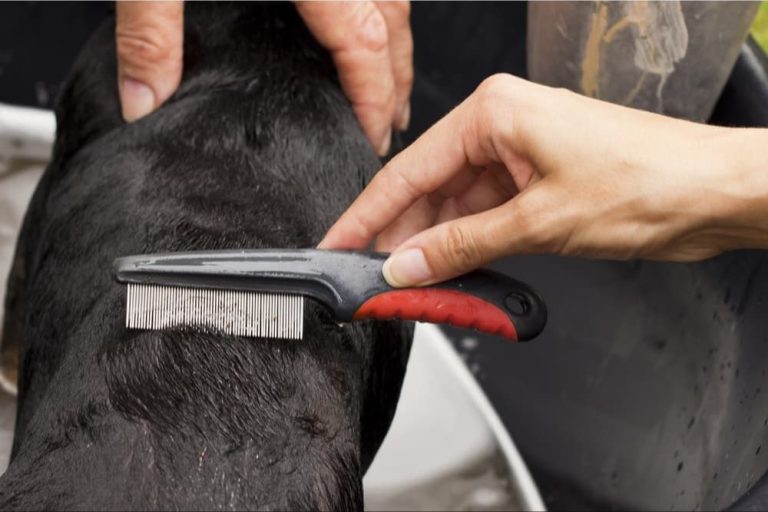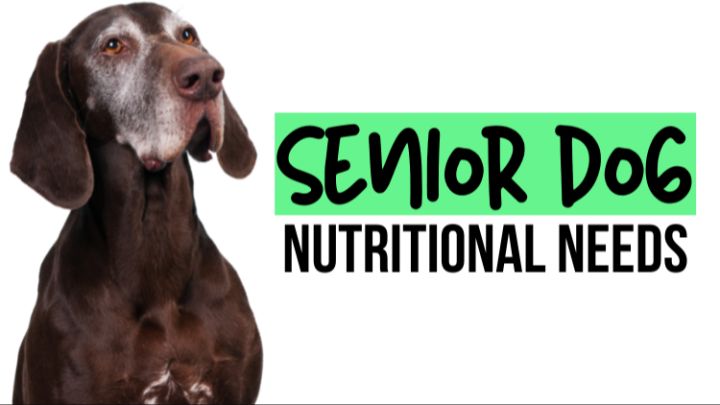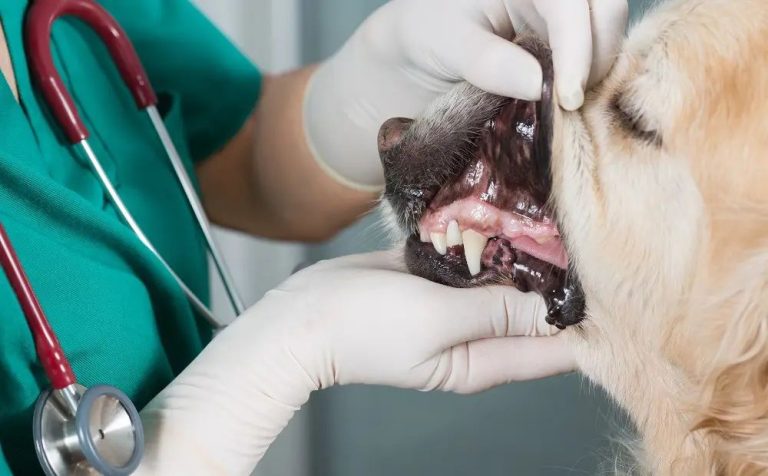Beginner’S Guide To Choosing The Right Dog Collar And Harness
The purpose of this guide is to help dog owners understand the differences between dog collars and harnesses and how to choose the right option for their dog. Properly fitted collars and harnesses are important for control and safety during walks and other activities. This guide will cover the various types of dog collars and harnesses, factors to consider when selecting one, proper fitting and sizing, common mistakes, and general tips for use.
Different Types of Collars
There are many different types of dog collars available. Some of the most common options include:
Flat Collars
Flat collars, also called buckle collars, are the most common everyday collar for dogs. They come in a variety of materials like nylon, leather, or cotton. Flat collars are adjustable and fasten with a plastic or metal buckle closure. They provide a comfortable fit and are easy to put on and remove. Flat collars are a good basic option suitable for most dogs [1].
Martingale Collars
Martingale collars are designed to prevent dogs from slipping out of their collars. They feature an adjustable loop that gently tightens around the dog’s neck when pulled, but does not constrict like a choke collar. This makes them a good option for breeds like greyhounds who have larger necks and smaller heads. The limited closure provides safety without applying excessive pressure [2].
Choke/Slip Collars
Choke or slip collars tighten around a dog’s neck when pulled or during training. This applies pressure to the dog’s neck to help correct behavior. However, choke collars can risk injuring the trachea if used improperly and are controversial for training. Recent positive reinforcement methods are safer and more effective for most dogs.
Prong Collars
Prong or pinch collars have metal spiked links that tighten around a dog’s neck when pulled. They apply pressure similar to a choke collar. While once commonly used for training, prong collars also have risks of injury. Their use remains controversial today, with many experts recommending alternative positive training methods instead.
Different Types of Harnesses
There are several main types of dog harnesses, each with their own pros and cons:
Back Clip Harness
This is the most common type of dog harness. As the name suggests, the leash clips to a ring on the dog’s back. Back clip harnesses are easy to put on and provide good control, but they don’t discourage pulling as the leash attachment is behind the dog’s center of gravity.
Front Clip Harness
On a front clip harness, the leash attaches to a ring on the dog’s chest. This harness steers the dog back around when they pull, which helps deter pulling. However, some dogs may still be able to drag their owner. Front clip harnesses can also rub under a dog’s armpits if not fitted properly.[1]
Head Halter Harness
Head halter harnesses wrap around a dog’s muzzle and head. They provide excellent control over pulling since the head has to turn when the dog pulls. However, they take time for a dog to get accustomed to and should not be used to tie dogs up.[2]
Other types include Y-shaped harnesses, dual clip harnesses, and step-in harnesses. Consider the dog’s needs and characteristics when deciding on a harness type.
[1] https://www.zoetispetcare.com/blog/article/types-dog-harnesses
[2] https://www.barclondon.com/blogs/guides/harnesses-for-dogs
Collar vs. Harness
Both dog collars and harnesses have their pros and cons. Knowing when to use a collar versus a harness can ensure your dog’s comfort and safety.
Collars provide more control, especially for strong pullers. The force is directed at the dog’s neck, which gives the human better leverage. However, this can increase the risk of neck, throat, and trachea injuries in dogs who pull persistently on leash. Collars may be better for well-trained dogs who don’t pull much (source).
In contrast, harnesses disperse pressure across the chest rather than the neck. This makes them a safer choice for dogs prone to pulling, as it reduces strain on the delicate neck area. Harnesses give the human less control but protect the dog’s neck. They are especially recommended for brachycephalic breeds who have increased respiratory sensitivity (source).
For escape artists, harnesses are harder to slip out of compared to collars. However, well-fitted collars should not usually come off either. Harnesses may be preferential for worried owners (source).
In summary, harnesses protect the neck and make sense for pullers, escape artists, and brachycephalic breeds. But collars provide more control for humans, so are better for well-trained, non-pulling dogs. Many experts recommend having both options available.
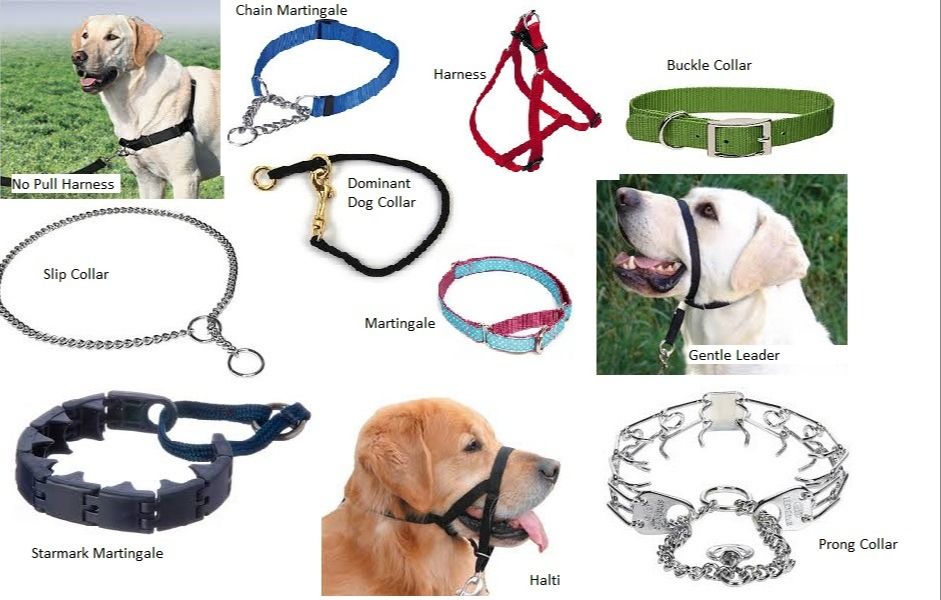
How to Measure Neck Size
Properly measuring your dog’s neck is crucial for finding the right collar size. You’ll want to get an accurate circumference measurement of their neck right below their ears where a collar normally sits. Here’s how to do it:
Use either a soft measuring tape, a piece of non-stretchy string, rope, or even a cable tie. Place it around your dog’s neck and adjust it to where a collar would normally rest – high up on the neck just under the ears. Make sure you pull it snug but not too tight.
Mark the point where the ends meet or make note of the length. Then measure that length against a ruler or measuring tape to determine the circumference in inches. Compare this measurement to brand size charts to find the appropriate collar size for your dog.
It’s always best to measure your dog’s actual neck rather than guessing based on their breed or weight. And measure while they are standing naturally, not sitting or lying down. For growing puppies, re-measure the neck every few weeks to get the right fit as they grow. With an accurate neck measurement, you’ll find a comfortable, safe collar fit.
How to Measure Chest/Girth
Measuring your dog’s chest or girth is important to get the right fit for a harness. You’ll need a soft flexible measuring tape. Make sure your dog is standing comfortably and normally. Wrap the measuring tape around the widest part of your dog’s chest behind their front legs. Make sure the tape is snug but not tight. Measure carefully when your dog exhales to get the most accurate measurement. Record this measurement in inches.
According to Kurgo, it’s best to measure lower on smaller breed dogs and higher on larger breed dogs. Make sure you follow the harness sizing chart for the specific brand you choose. Sizing varies between brands. For accuracy, measure your dog a few times and take an average. Refer to the harness manufacturer’s instructions for exact measuring tips. An ill-fitting harness can be uncomfortable or allow your dog to slip out.
Sources:
https://www.kurgo.com/how-to-measure-your-dog-3-easy-steps
Collar and Harness Materials
When choosing a dog collar or harness, one of the most important factors to consider is the material it’s made from. Some common materials used for dog collars and harnesses include:
Nylon
Nylon is a very popular material for dog collars and harnesses. According to The Ultimate Guide to Dog Harness Materials, nylon is durable, affordable, and easy to clean. The main advantages of nylon are that it is strong, lightweight, and resistant to water. The downside is that some dogs may be prone to nylon allergies or skin irritation.
Leather
Leather is known for its soft, flexible feel. As noted in The Complete Guide to Large Dog Harness Materials, leather is very durable and ages well over time. It also absorbs moisture to prevent chafing. However, leather can be expensive and requires more care and cleaning. It’s also not ideal for dogs that chew or are prone to skin allergies.
Neoprene
Neoprene has padding that provides comfort and protection. It is also lightweight and breathable. A potential downside is that neoprene may retain odors and be difficult to thoroughly clean.
Other Materials
Some other materials used in dog collars and harnesses include polyester, cotton, mesh, and biothane. Each material has its own advantages and disadvantages. It’s important to consider your dog’s needs and preferences when selecting the right material.
Special Considerations
When choosing between a collar or harness, there are some special considerations depending on your dog’s age, size, and behavior.
Puppies
For puppies, a harness is often a better choice than a collar, as their necks are still developing and a collar could potentially cause damage as they grow. Harnesses distribute pressure over the chest rather than the neck, making them a safer option. According to the AKC, harnesses are especially recommended for puppies prone to pulling, as this avoids injury (Source).
Small Breeds
Small breeds with delicate tracheas may do better with harnesses to avoid any pressure on their necks. Specifically, breeds like Yorkshire Terriers and Chihuahuas are prone to collapsed trachea and may benefit from using a properly fitted harness rather than a collar (Source).
Large Breeds
For large and powerful breeds like pit bulls or huskies that are prone to pulling, a front clip harness may provide better control while walking. The front clip redirects the dog toward you if they begin pulling too far forward (Source).
Training
During early leash training, a collar can help reinforce responding properly to lead pressure. But for dogs that pull excessively, a harness avoids injury while training. Harnesses like the head halter provide even more control for training dogs prone to lunging (Source).
Common Mistakes
When choosing a collar or harness for your dog, it’s easy to make mistakes that can lead to an improper fit or choosing the wrong type. Some common mistakes include:
Getting the wrong size – Measuring your dog’s neck and chest/girth incorrectly can lead to selecting a collar or harness that’s too small or large. An ill-fitting collar or harness can cause discomfort or even injure your dog if it rubs or puts pressure on the wrong areas. Make sure to carefully follow measuring instructions and size charts.
Not accounting for growth – Puppies grow quickly, so a collar or harness that fits them perfectly today may be too small in just a few weeks or months. When selecting for a growing puppy, size up to allow room for growth to avoid frequently repurchasing (Source).
Using the wrong type – Certain collars and harnesses are designed for specific purposes, so make sure to select the right option for your needs. For example, a greyhound-style collar won’t provide as much control as a front-clip harness for a dog that pulls. Match the collar or harness to your dog’s size, breed traits, and your training goals.
Not adjusting as needed – Check the fit of your dog’s collar or harness regularly, especially during growth spurts. Adjust sizing as needed to maintain a proper and safe fit. Signs it may need adjustment include sliding over the head or rubbing on the dog.
Summary
Choosing the right collar or harness for your dog is an important decision that requires some research and consideration. Key takeaways include:
- Collars are better for tags and leads, while harnesses offer more control and prevent injury.
- Common collar types include flat, martingale, head halters, and prong. Harnesses come in front-clip, back-clip, and dual-clip styles.
- Properly measuring your dog’s neck and girth will ensure a good fit.
- Consider factors like your dog’s size, age, breed, and temperament when selecting collar and harness materials and features.
- Avoid leaving collars on unsupervised dogs or using harsh corrections that can harm your dog.
Taking the time to find the right collar or harness will lead to better walks and more comfortable wear for your dog. Focus on control and safety while also considering your dog’s specific needs.

